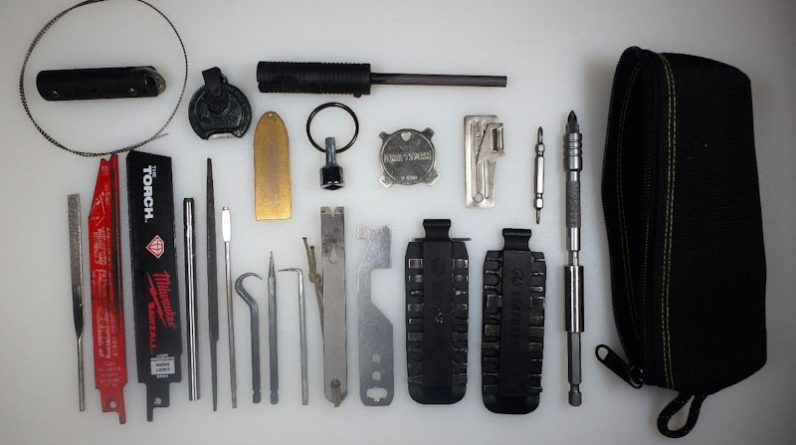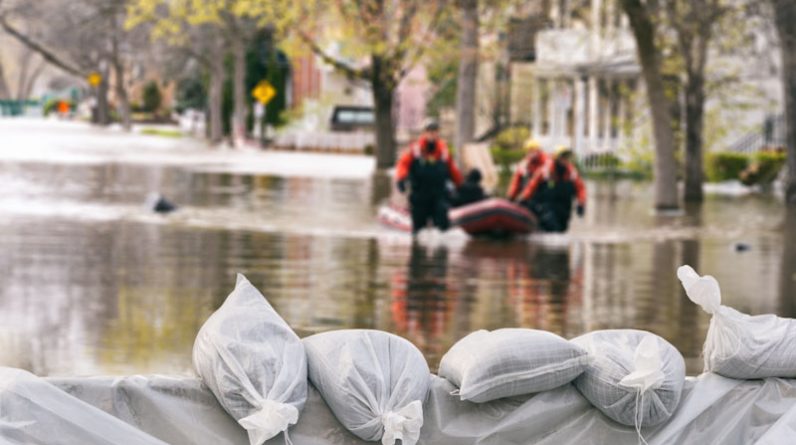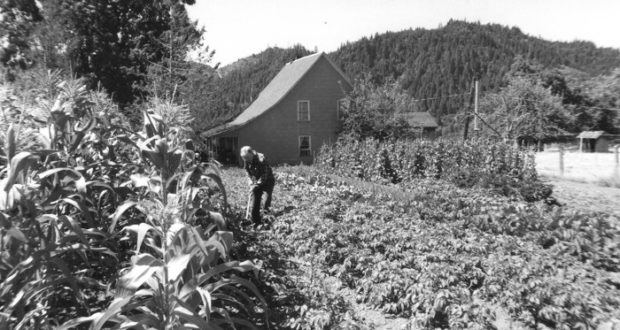One of the subjects that seem to get overlooked in the prepping community is that of transportation. Oh, we’re great at talking about our bug out vehicles; but that’s not what I’m talking about. A bug out vehicle has one purpose and one purpose only; that’s to get us from our home, to our survival retreat. After that, we probably won’t be able to get gasoline for it, so it will probably serve as nothing more than storage.
But that’s if we’re bugging out. What if we’re bugging in? There are a lot of post-disaster activities that we talk about in the prepping community, like hunting, fishing and cutting firewood, which will require transportation to get there and back again. Not only that, but we’re going to have to bring stuff back with us… heavy stuff… assuming we succeed in our hunting or wood cutting activities.
It would be nice if we were all living out in the woods, where transportation wouldn’t be an issue; but the truth of the matter is that most of us don’t. While a few preppers have managed to build or acquire their dream cabin in the woods, most of us just can’t afford that expense. We’re stuck living in town and if we need to go hunting or cutting wood, transportation is going to be an issue.
Before you say, “No problem, I can just use the wood from abandoned buildings, as people die off,” remember that pine, the lumber used for construction, burns quickly and doesn’t provide anywhere near as much heat as hardwoods do. So, while you might be able to do that for a while, you’ll find that you’re going to be spending a lot of time cutting wood and tending your fire.
If we assume that electrical power is out, as we usually do, then gas stations won’t be open, the refineries that make the gasoline won’t be running and even the oil pumps pulling the petroleum out of the ground will stop pumping. Since gasoline doesn’t store well for a prolonged period of time, using our cars, trucks, SUVs, chainsaws and even lawn mowers will be out of the question within a few months, at most. I had thought of using my riding lawnmower for post-disaster transportation at one time; but it gets worse gas mileage than my cars do.
So, what can we do?
Horses
The basic form of transportation, before automobiles of various sorts took it over, was the horse. Actually, when I say “the horse,” I’m also referring to pones, burros and mules as well. We could even include oxen in that, as most of the wagons pioneers took to go west in the great wagon trains were pulled by oxen. At their peak, there were just over 25 million horses in the United States.
Today there are only 7.2 million horses in the US, with about half of those horses being in just ten states. The state with the best horse per human ratio is Wyoming, where there are only 8.43 humans per horse. From there, it just gets worse. Obviously, there aren’t enough horses to go around.
Yet horses still remain our best option for post-disaster transportation, if we can afford them. Horses can range anywhere from $100 to $10,000, with horses ridden for recreational purposes (the kind we’re most likely to want) typically being about $3,000. But that’s not the expensive part. The cost of upkeep for that horse runs over $9,000 per year in most states. Unless you have room to board that horse, where you would end up keeping it might end up being far from your home, adding to the labor needed for simple things like feeding the horse and the difficulty of getting that horse to your home after a disaster.
But your problems wouldn’t stop, once you got that horse home. While municipal laws limiting the keeping of livestock probably wouldn’t be enforced all that well, there’s the problem of finding feed for the horse. An average-sized horse will eat about 20 pounds of food a day. While they can eat grass, they also need grains to provide them with sufficient energy. Unless you have land, it will be hard to come up with that much feed for the horse.
Even so, horses are the best option. But there are a number of obstacles to overcome.
Donkeys
Donkeys have a history of being both stubborn and strong. Like horses, they have been domesticated for centuries and used as both riding and draft animals. From a survival viewpoint, they might actually be a better option, as they are less expensive to acquire and eat less. Prices for standard donkeys range from $300 to $2,000, making them much more affordable. They only eat about 5 to 8 pounds of food per day, largely straw or hay. Grazing is possible; but they would need to be given vitamins and minerals if they were living off a grass diet.
Donkeys can be ridden by horses, but the weight of the rider has to be taken into consideration. The heavier you are, the less likely it is that you can ride a donkey. Fortunately for the donkeys, they are smart enough not to carry more than they safely can handle. Most will just lay down, if the load placed on their back (including a person) is too much for them.
But where the donkey is really useful is as a beast of burden; either carrying about 130 pounds on their back or pulling a cart that’s loaded with double their body weight. That would work out well for those forays to go hunting or cut firewood.
Other “Draft Animals”
The term “draft animals” refers to any animals which are used to pull a wagon or other load. While the aforementioned horses, mules, donkeys and oxen are what we think of, when we talk about draft animals. But other animals have been used as draft animals, by various different groups, throughout history. We’ve all heard of Santa Clause using reindeer to pull his sleigh, haven’t we?
Actually, reindeer are the only species of deer which have been fairly widely domesticated. They have been used as draft animals, as well as farmed for their meat. This is not to say that we could use other deer that way. It would take several years of breeding to domesticate deer enough that we could train them as draft animals.
However, there are many other animals which are already domesticated and which have been used as draft animals at one time or another. Most specifically, dogs and goats have both been used in this regard, by various different cultures. While these smaller animals don’t have the strength that horses and donkeys do, they can still be trained to pull carts, working in teams. A team of dogs or goats could therefore be used to bring a small load of firewood back to your home.
Bicycles
The most readily available form of transportation we will likely have available to us, in a post-disaster world, is the bicycle. Many of us already have bicycles in our homes… or at least our children do. While we tend to think of the bicycle as a toy, there are countries where they have been used as a primary means of transportation. Why couldn’t we so the same?
The ability of a bicycle to carry a load, besides the rider, is limited. At best, you might be able to carry 50 pounds of firewood. There’s just not that much space on a bicycle to carry cargo. You’re actually better off with a trailer, using that to carry the cargo and the bike to pull it. I’ve seen some nice homemade bike trailers through the years; but if you’re not into doing another project, you can find one of the trailers for kids to ride in. That would be lightweight and yet still carry a fair load of wood.
Granted, riding a bicycle, with a load is a lot of work; but there are things that can be done to make that work a bit easier; beside exercise that is. One thing is to make sure the gearing of the bike is set up for power at lower speeds, rather than speed. Another is to make sure the trailer is as light and free-wheeling as possible. You don’t need any extra drag. Even so, be sure to test just how much weight you can manage to pull with your bicycle, before the time comes where you have to.
Push Carts
When all else fails, there’s human power to haul your load. That would mean having some sort of wagon or push cart that you could use; something sturdy enough to carry the weight, while not being so heavy itself that it would make your work harder. If I were to build something like that, I’d use aluminum, rather than steel, just to keep the weight down. I’d also make sure there’s as little friction in the wheel hubs as possible, with wheels that are big enough to handle crossing rough country.









